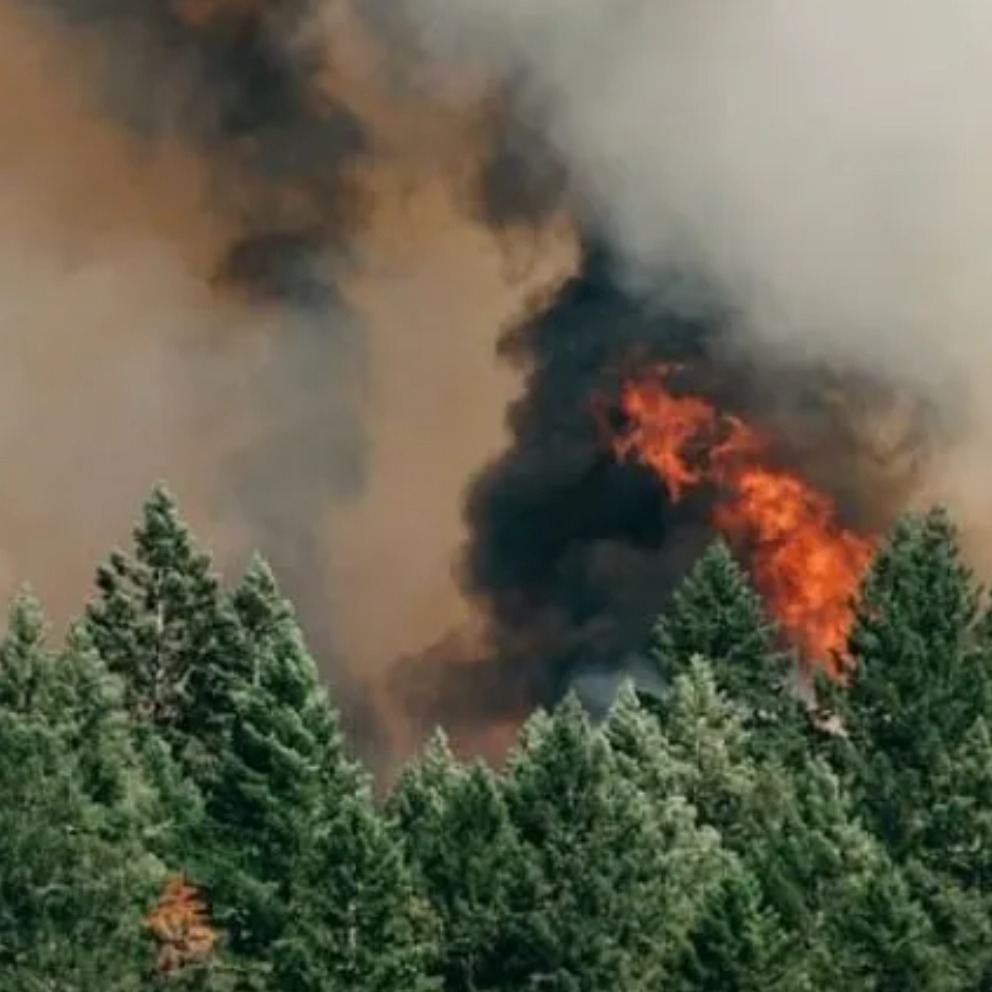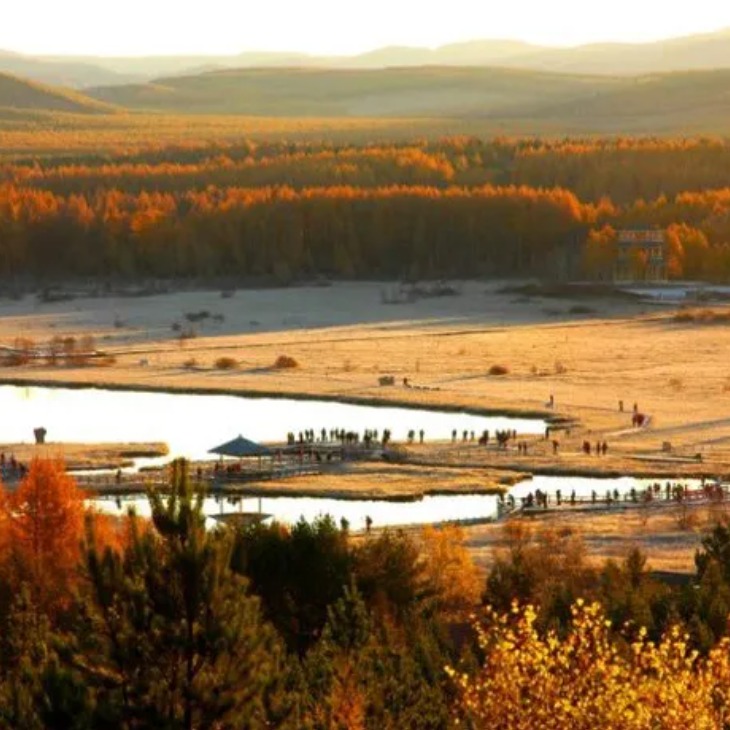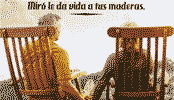
They are looking for invading pines!
In a recent article, specialists in biology journal the task of the Pinos Network, a framework that is committed to controlling the spread of invading species for the benefit of natives and the environment in general.
The advance of the invasive species of pine in peri -urban and natural areas generates impacts at different scales, with consequences on biodiversity, economics, security and quality of life of people. The precedent is one of the alerts given by the article recently published Melisa Blackhall, Jorgelina Franzse and Pedro Later in Patagonia sharing knowledge The Disclosure Magazine of the National University of Comahue in Bariloche. In rigor, the contribution of the authors and The author deals with the Pinos Network, which focuses on the management of non -native invasive conifers in Argentine Andean Patagonia under participatory environmental governance, according to the text. The first two are doctors in biology, with performances in UNCO and CONICET. Meanwhile, Later is a Doctor of Biological Sciences, with work at the Bariloche Foundation and also the Conicet. In particular, the Pinos Network aims to establish a system to control pine invasions in Bariloche and its area of ??influence. It happens that the pines, very associated with the landscape that visitors of Andean Patagonia can observe while walking through their cities or forests, are trees belonging to the Pinaceae family, all native to the northern hemisphere. They are mainly characterized by their particular needle-shaped sheets, and for containing their seeds in cones or pineapples, it teaches work. It is no longer to remember that the most abundant species that grow in the Andean-Patagonian region were introduced mostly for forest purposes , such as the ponderosa pine, the Oregon pine or the Murraya pine, mentions the research. Other species, not as common, were introduced as ornamental. The problem arises because some pines have the peculiarity of being invasive species. It is given because they spread spontaneously and out of control, causing negative effects on biodiversity, local ecosystems and native species. These and other environmental and socioeconomic impacts have also been documented in other countries of the southern hemisphere, such as in New Zealand, South Africa and Chile, in which they also actively work to mitigate them, compare Blackhall, Franzse and Later. Before that panorama, Among the particular objectives of this network are the development and implementation of strategies for the identification and mapping of areas invaded by these species within the Bariloche Urban-Natural Interface, the mechanical removal of these plants in prioritized areas through citizen participation, The restoration and continuous monitoring of areas involved in a participatory manner, lists the article. With the purpose of such tasks, the learning that will occur from this experience is expected not only to be useful for the study area (Bariloche and surroundings (Bariloche and surroundings ( ), but also for other areas of Andean Patagonia that go through a similar problem. With such purposes, the network began its activities in September 2021 as part of the Bosque Bariloche agenda and the participatory scientific agenda. The scope is formed with citizens, governmental and non -governmental representatives, including social organizations and institutions of scientific and technical research, In addition to municipal and provincial governments. Specifically, the environmental problem addressed by the Pinos Network is the progressive advance of invading pine species in peri-urban and natural areas of the Andean-Patagonian region. As we anticipated, this invasion generates impacts at different scales on a wide diversity of ecosystems, affecting Biodiversity, economy, security and quality of life of people. Following these certainties, it is considered that the delay in managing and controlling these invasions can result in significant losses of the native natural heritage due to the alterations that occur in the landscape. It is not only about preserving beautiful views, because this effect many effect Sometimes it brings an increase in fire risk by drastically modifying the characteristics of plant fuel and, in the long term, the natural fire regime, the researchers clarify. An aggravating person to this situation is that some species of pine trees have characteristics that allow them to benefit from the fires. In a consequence, they reach high densities and occupy large surfaces in burned areas, suppressing the regeneration of the original vegetation. The panorama is not encouraging: unfortunately, this problem is expected to get worse and medium term, especially due to climate change and the potential increase in forest activity planned in the region. These impacts highlight the importance of making early decisions for the Invasions management, especially in peri -urban areas where its expansion is still in an initial stage, highlights the contribution of Blackhall, Franzse and Laterra. The task is in full development.
IT MAY INTEREST YOU
 Rural women | Santa Fe will host the 1st International Forum for Gender and Rurality and the 3rd edition of the LIA Encalada Awards
Rural women | Santa Fe will host the 1st International Forum for Gender and Rurality and the 3rd edition of the LIA Encalada Awards
Next Saturday, October 26, rural women from all over the country will meet within the frame The field and promoting rural development. It is organized by the Civil Association Women of Argentine Rurality.
 This is the wood that will conquer your home: beauty, resistance and sustainability in a single material
This is the wood that will conquer your home: beauty, resistance and sustainability in a single material
Acacia wood is valued by its durability, natural beauty, easy maintenance and sustainability, which makes it an ideal choice for furniture and decoration, both interior and exterior.
 China transforms a desert into the amazing Saihanba forest: a reforestation model
China transforms a desert into the amazing Saihanba forest: a reforestation model
Saihanba is a forestry of about 80,000 hectares and is presented as the largest artificial forest in the world promoted by China and man.





















